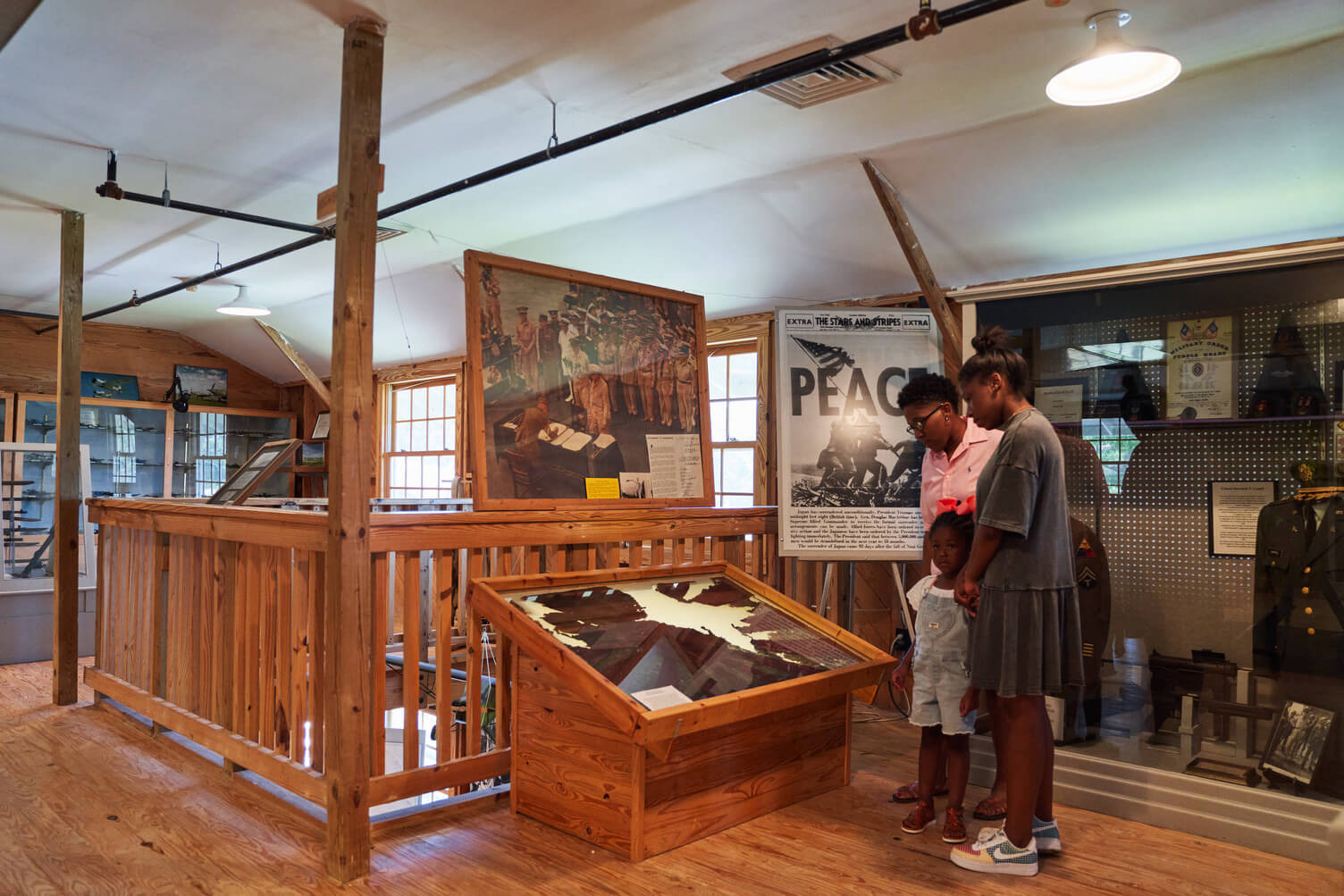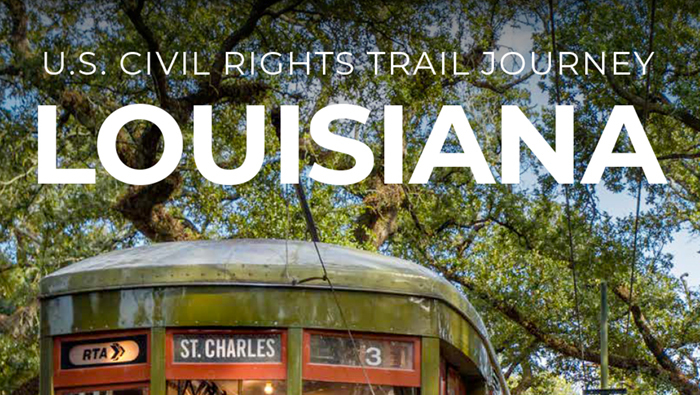History of the Louisiana Military Maneuvers
Pineville is located directly opposite the larger town of Alexandria on the banks of the Red River. The two communities are almost at the geographic center of Louisiana and were developed early along trade routes. The Red River meanders over 1,300 miles through Texas, Arkansas and Louisiana before pouring into the Mississippi River. During the Red River Campaign of the American Civil War, many military encampments and military forts were established, including Fort Randolph and Fort Buhlow in Pineville, now a combined state historic site. Nearby is the Kisatchie National Forest, with hundreds of thousands of acres. The vast lands became a war zone during the 1940 Louisiana Military Maneuvers.
The maneuvers trained over 400,000 troops for mechanized warfare in Europe in preparation of World War II. At the time, the U.S. Army was mostly infantry with supporting artillery and supporting combat units. There was a need to modernize, mechanize and conduct large-scale maneuvers to train troops in the new warfare. Louisiana was selected as the battleground and Camp Beauregard in Pineville served as the maneuvers headquarters.
Over 3,400 square miles, the Red and Blue armies waged war against each other. Maneuver military leaders included Dwight Eisenhower, George Patton, Omar Bradley, Ben Lear, Mark Clark and Walter Krueger.
One of the significant units to emerge from the Louisiana Military Maneuvers was the 761st Tank Battalion, an experimental unit of Black soldiers similar to the Tuskegee Airmen of Alabama. The unit was activated at Camp Claiborne during the maneuvers. The men of the 761st were known as the Black Panthers after their unit’s distinctive insignia, which featured a Black panther’s head; their motto was “Come out fighting.” Gen. George S. Patton requested that the 761st be assigned to his command, attached to the 26th Infantry Division. In Europe, the 761st often led the advance. The battalion liberated more than 30 towns and became known as “Patton’s Panthers.”
The unit has been recognized as one of the most effective tank battalions in World War II. The distinguished service of the 761st Tank Battalion, the 92nd Infantry Division and the Tuskegee Airmen led President Harry S. Truman to finally desegregate the U.S. Armed Forces in 1948. Members of the 761st have been awarded one Medal of Honor, 11 Silver Stars, 69 Bronze Stars and 296 Purple Hearts (eight with clusters). In 1978, the 761st Tank Battalion was belatedly awarded the Presidential Unit Citation by President Jimmy Carter for its war service.


























